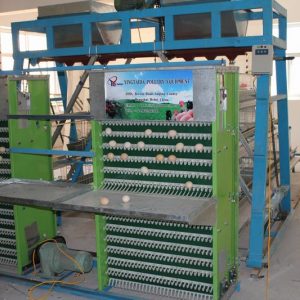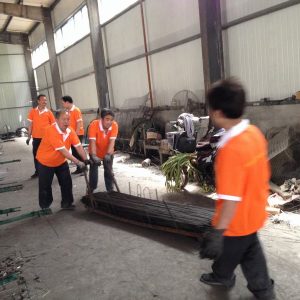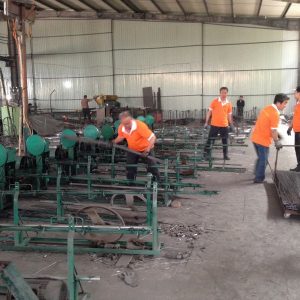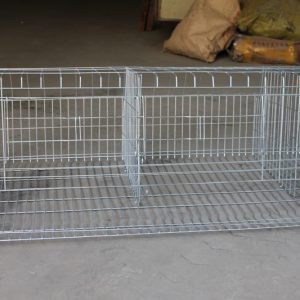
Points for attention in laying hens drinking water
What issues should be paid attention to when laying hens drink water? How to do in the daily water supply arrangement to ensure that the laying hens can drink clean drinking water in time? These are some daily details, but it is these details that will affect the health and production of the laying hens. Egg quantity, so there are some issues that need attention.
1. Drinking water hygiene
Drinking water must be clean and hygienic. The standard for drinking water for chickens is that people can drink water and chickens can also drink. Factors affecting water quality include water sources, reservoirs or water-holding appliances, sinks or drinking appliances, and chickens that carry bacteria. Therefore, the corresponding utensils should be disinfected and cleaned regularly, especially the third-layer sink is higher and difficult to scrub, so special attention must be paid.
2. Drinking water temperature
Chicken flocks raised in an open style generally have water and feed in the sports field, and most of the drinking utensils of free-range households are outdoors. When the temperature in summer is high, the drinking fountain should be placed in a cool place, the water temperature should be slightly lower than the temperature, and avoid sun exposure. According to the habit of chickens, they do not like to drink warm water, in contrast to cold water but do not refuse to drink.
3. Drinking time
The chickens have three peak drinking times a day, that is, around 8 am, 12 noon, and 6 pm every day. The chicken’s drinking time is mostly in the light time. Around 8:00 in the morning, the chickens begin to receive light; around 12 noon, it is the peak time for chickens to lay eggs. After the hen lays eggs, the body consumes more water and feels very thirsty to drink water; around 6 pm, the light The time is coming to an end, ready to enter the evening to start to rest, chickens should drink enough water to help their body to spare at night. If the laying hens cannot drink or drink insufficient water during the three peak water demand periods, the egg production and health of the chickens will quickly show up.
4. Drinking water dosage
Under normal circumstances, the daily water requirement and feed-to-water ratio of each chicken is about 200ml in spring and autumn, and the ratio of feed to water is 1:18; in summer, it is 270~280ml, and the ratio of feed to water is 1:3; in winter it is 100~ 110 ml, the ratio of material to water is 1:0.9, the water supply should be adjusted according to the season. When using dry feed to feed chickens, the water intake is twice the feed intake; when using wet feed to feed chickens, the water supply can be less. When the egg production rate increases, the water demand also increases. Because at this time, the chicken egg production is vigorous and the metabolism is strengthened. Not only does the formation of eggs require water, but as the chicken’s food intake increases, the water demand gradually increases.
Five, running water leaks
Because some breeders are not tall enough, they step on the first cage or the feed trough to wipe the third water trough, which will cause the slope of the water trough to change, making the water deep in some sections, shallow in some sections, or even running. Therefore, adjusting the slope of the water tank is one of the frequent tasks of the breeder. The depth of the water in the sink should be above 1.5 cm. When it is less than 0.5 cm, it will be difficult for the chicken to drink water and the amount of water drinking is not enough. When using a nipple drinker, check the water quality, water tank pressure, and whether the nipple is blocked, do not supply water or close the infrequent running water. Some chicken farmers block the drain at the end of the sink and add water several times a day. This water supply method is likely to cause water cuts and insufficient drinking water, which is also a factor affecting egg production.
Six, processing wet feed
Running or leaking water in the tank is inevitable in chicken production. It can be treated in several situations: ①Individual section of feed in the trough is soaked with water, and when the quantity is not large, it can be mixed with the nearby dry material; ②The quantity of soaked feed is large but not deteriorated, and it can be taken out and mixed with the dry material. The feed is divided into feed lines; ③The rancid and moldy feed should be taken out immediately, and the contaminated trough section shall be treated with mold prevention. The first two treatment methods, one is to not waste feed, and the other is to spread the feed with more water content as much as possible for more chickens to share, so as not to affect the intake of dry matter.
Seven, water supply records
In addition to the amount of water consumed by chickens is related to the temperature, it can also be used as a basis for observing whether the chickens have potential diseases or poisoning.
What problems should be paid attention to when laying hens drink water? The main ones are the above. Do a good job of daily water supply, and record the drinking water situation in real time for reference. Water is the source of life and its importance is self-evident. Therefore, do a good job of drinking water for laying hens. The work is of great significance for ensuring the health of laying hens and egg production.



